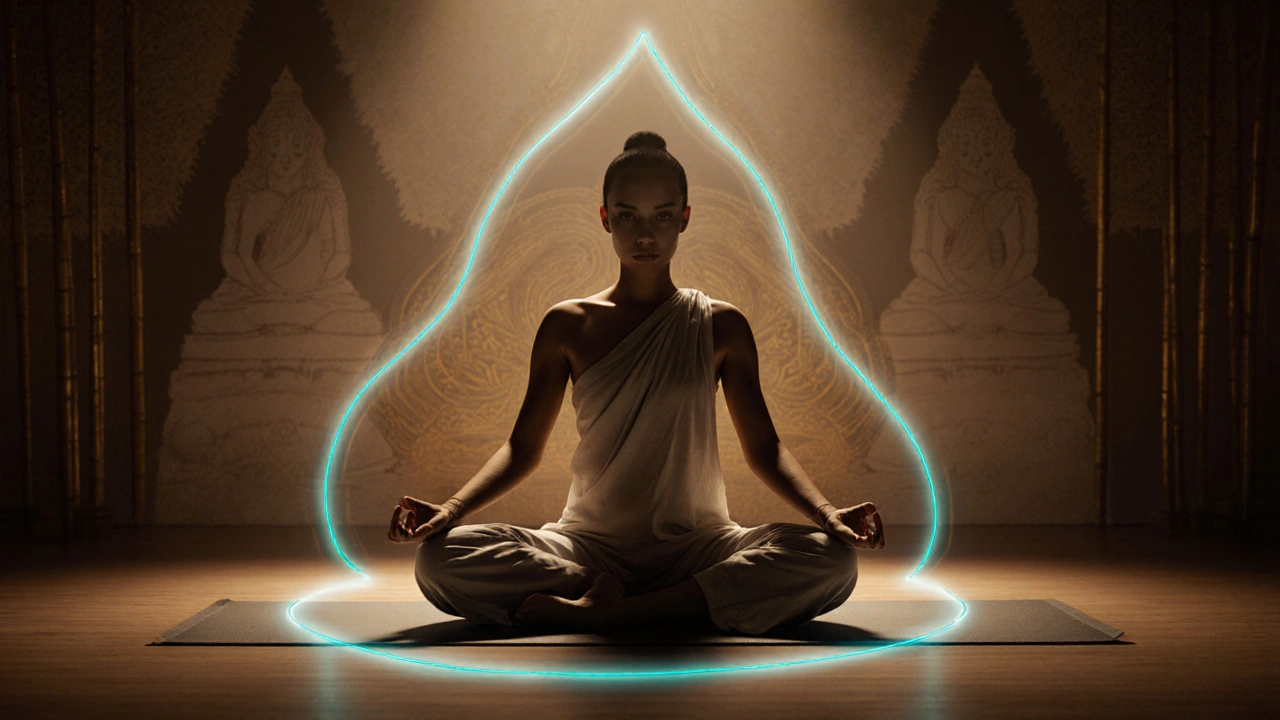Thai Massage Beginner Guide
When working with Thai massage, a therapeutic bodywork that blends assisted yoga‑like stretches, rhythmic pressure along energy lines, and mindful breathing. Also known as Thai yoga massage, it offers a deep mix of physical release and mental calm. Acupressure, the practice of applying focused pressure to specific points to balance the body’s energy flow plays a big role, while Yoga, a discipline of postures and breath work that improves flexibility and awareness provides the movement backbone. If you’re curious about Thai massage, you’ll quickly see that it encompasses stretching, acupressure, and meditation, requires a trained therapist, and influences flexibility and energy balance.
What Beginners Should Know
First off, a typical session starts with a short conversation about your health history and goals. The therapist will guide you onto a comfortable mat, then begin with gentle joint rotations to loosen up. As the session progresses, you’ll move through a series of assisted stretches that feel like a slow, guided yoga flow. Between stretches, the therapist uses thumbs, palms, elbows, and even knees to press on acupressure points, helping release tension stored deep in muscles and fascia. The whole process lasts 60‑90 minutes and ends with a brief period of relaxation, allowing your body to absorb the benefits.
Preparation is simple but makes a big difference. Wear loose, breathable clothing—no oils or lotions are needed because the massage is dry. Hydration before and after the session helps flush out toxins released during the deep tissue work. If you have any recent injuries, chronic pain, or medical conditions, mention them early; a qualified practitioner will adjust techniques or suggest alternative approaches. Remember, Thai massage is not just a physical workout; the rhythmic breathing and meditative focus promote mental clarity and stress reduction.
Choosing the right therapist matters. Look for certifications in traditional Thai bodywork and at least a few years of hands‑on experience. Many studios in Amsterdam, for example, list the therapist’s training background and client reviews, which can guide your decision. A good therapist will explain each movement, check in on comfort levels, and respect personal boundaries throughout the session. Trust builds the foundation for deeper relaxation and more effective energy balancing.
The benefits stack up quickly. Regular sessions improve flexibility, joint health, and posture, often more than static stretching alone. The acupressure component can stimulate circulation, reduce chronic pain, and boost the immune response. Mentally, the combination of movement and breath work lowers cortisol levels, helping you manage everyday stress. Many beginners report better sleep quality and heightened body awareness after just a couple of sessions.
Finally, think of Thai massage as a skill you can develop over time. As you become familiar with the sequence of stretches and pressure points, you’ll learn to notice subtle body cues and adjust intensity to match your comfort. This growing awareness translates into better posture at work, smoother movement in daily activities, and a clearer mind when faced with challenges. The guide below dives into specific topics—from authentic techniques and pricing in Amsterdam to safety tips and how to integrate massage into a holistic wellness routine.
Below you’ll find a curated collection of articles that break down each aspect of Thai massage for beginners. Whether you’re looking for a first‑time booking checklist, want to compare Thai healing techniques with other modalities, or need tips on post‑session care, the posts ahead cover it all. Feel free to explore and pick the pieces that match your curiosity and needs.
Thai Massage for Beginners: Benefits, Types & How to Book in Amsterdam
Discover the basics of Thai massage for beginners, its benefits, types in Amsterdam, pricing, safety tips, and how to book your first session.
